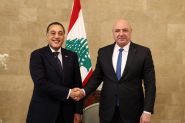
Egyptian PM Pledges Full Support to Lebanon
This is Beirut 14:35

This is Beirut 14:35
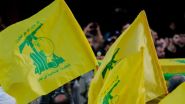
Bassam Abou Zeid 18/12 17:40

This is Beirut 18/12 17:10

This is Beirut 18/12 16:45

This is Beirut 17/12 20:50
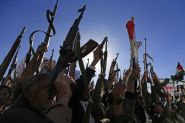
This is Beirut 18/12 20:45
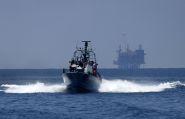
This is Beirut 18/12 18:25

This is Beirut 18/12 18:15

This is Beirut 18/12 08:55

This is Beirut 17/12 21:32
Liliane Mokbel 17/12 13:00
This is Beirut 15/12 20:30
This is Beirut 15/12 19:55
This is Beirut 15/12 16:05

This is Beirut 18/12 14:55
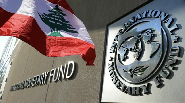
This is Beirut 18/12 14:15

Mario Chartouni 18/12 12:59

This is Beirut 18/12 12:40

This is Beirut 18/12 12:10

David Sahyoun 17/12 18:00

This is Beirut 17/12 14:15

This is Beirut 17/12 10:30

This is Beirut 15/12 12:25

This is Beirut 15/12 09:05
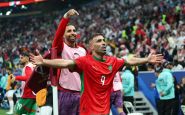
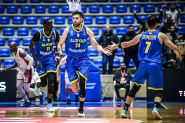
Makram Haddad 18/12 08:50

Makram Haddad 17/12 11:30

Makram Haddad 16/12 09:30

Makram Haddad 12/12 11:10

Bélinda Ibrahim 17/12 11:00

Makram Haddad 17/12 08:50

Bélinda Ibrahim 11/12 10:30

Bélinda Ibrahim 10/12 12:00

Bélinda Ibrahim 04/12 15:05